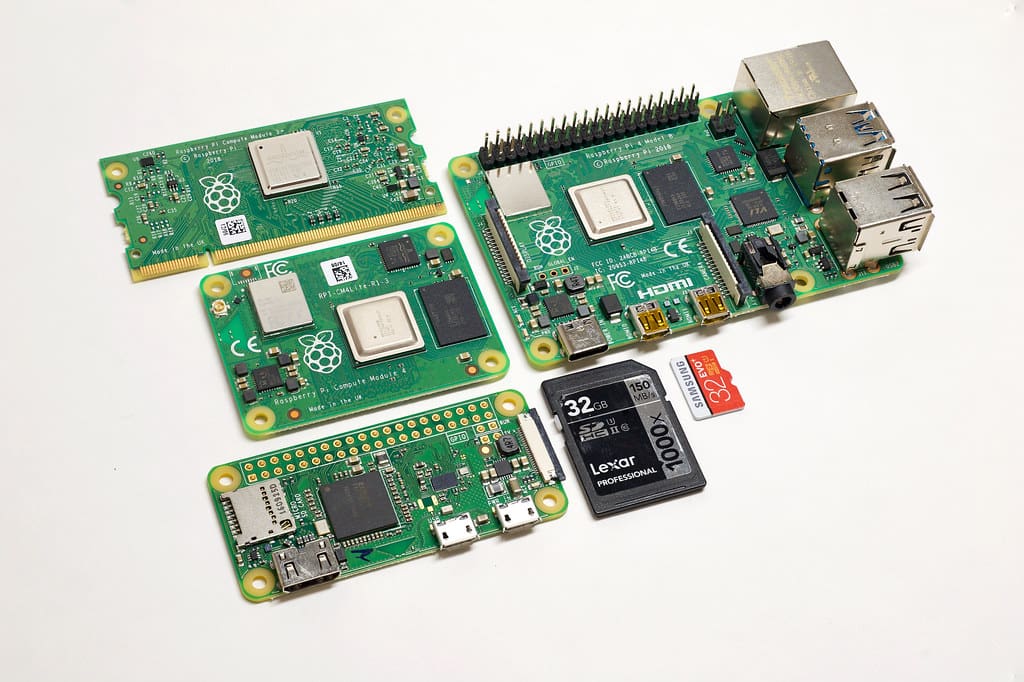Galvanometers play a pivotal role in the realm of 3D printing, especially in technologies that utilize laser systems, such as Stereolithography (SLA) and Selective Laser Sintering (SLS). These components are crucial for directing the laser beam with high precision and speed across the printing surface, determining the accuracy and resolution of the final print. This article explores the function, importance, and maintenance of galvanometers in 3D printing, providing insights into how they enhance the capabilities of laser-based 3D printers.
Importance of Galvanometers in 3D Printing
High Precision: Galvanometers allow for the precise control of the laser’s position, which is critical for achieving the fine details and complex geometries often required in 3D printed objects.
Increased Speed: The ability of galvanometers to quickly redirect the laser beam across the build surface significantly reduces the time required for each layer, enhancing the overall speed of the printing process.
Improved Print Quality: Accurate laser positioning directly influences the quality of the print, reducing errors and inconsistencies in layer formation and ensuring uniformity across the finished product.
Efficiency: By optimizing the path and speed of the laser beam, galvanometers minimize wasted movement and energy, making the printing process more efficient and sustainable.
Components of the Galvanometer System in 3D Printers
Galvanometer Motors: These are the core components that drive the mirrors in the galvanometer system. They convert electrical signals into precise angular movements.
Positioning Mirrors: Attached to the galvanometer motors, these mirrors direct the laser beam to the correct locations on the printing surface.
Control Electronics: This includes the drivers and controllers that manage the input signals to the galvanometers, ensuring smooth and accurate operation.
Feedback Sensors: Often integrated with the motors, these sensors provide real-time feedback on the mirror positions, allowing for corrections and ensuring the laser beam is accurately positioned.
Software: Coordinates all aspects of the galvanometer system, including the speed, positioning, and synchronization with the laser firing and material handling systems.
Installation and Calibration of Galvanometers
Proper Alignment: Ensuring that the galvanometer mirrors are perfectly aligned is crucial for the system’s effectiveness. Misalignment can lead to inaccuracies in laser positioning, affecting the quality of the print.
Calibration: Galvanometers must be calibrated to ensure that the angles and speeds at which they operate are precise. Calibration involves setting the zero position and ensuring the full range of motion is accurate across the entire build area.
Testing: Initial and routine testing of the galvanometer system under various operating conditions helps identify any potential issues with accuracy or performance before they affect print quality.
Maintenance and Optimization of Galvanometers
Regular Cleaning: Dust and debris can accumulate on the mirrors and other optical components, degrading the quality of the laser beam. Regular cleaning is essential to maintain optimal performance.
Lubrication and Wear Check: The mechanical parts of the galvanometers, especially the bearings and drive mechanisms, require periodic lubrication and inspection for wear.
Firmware Updates: Keeping the firmware that controls the galvanometers updated can help improve their precision and introduce new functionalities that enhance printing performance.
Environmental Control: Galvanometers are sensitive to temperature and humidity variations. Controlling the environment in which the printer operates can prevent drift and other issues related to changes in ambient conditions.
Challenges and Solutions
Thermal Drift: Changes in temperature can cause materials in the galvanometer system to expand or contract, leading to drift in the laser positioning. Implementing temperature compensation algorithms or improving chamber temperature control can mitigate this issue.
Feedback Loop Stability: The feedback mechanism must be finely tuned to prevent oscillations or instability in the mirror positioning. Careful adjustment of the feedback gain and other parameters is required.
High-Speed Operation: At very high speeds, the inertia of the mirrors can lead to overshooting or ringing effects. Optimizing the acceleration and deceleration profiles and improving mechanical damping can help maintain accuracy.
Galvanometers are essential components in the precise and efficient operation of laser-based 3D printers. Their ability to rapidly and accurately position the laser beam directly impacts the quality, speed, and efficiency of the printing process. Effective management, regular maintenance, and ongoing optimization of the galvanometer system are crucial for maximizing the performance and lifespan of 3D printers. By fully understanding and maintaining these components, users can ensure their printers operate at peak performance, consistently producing high-quality prints.








